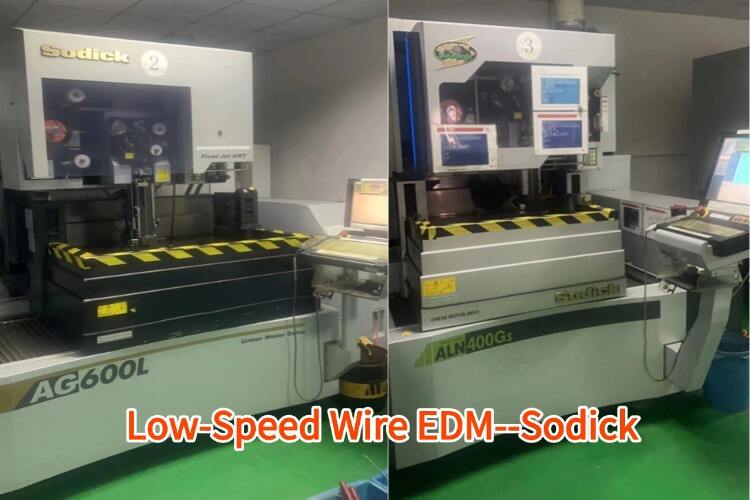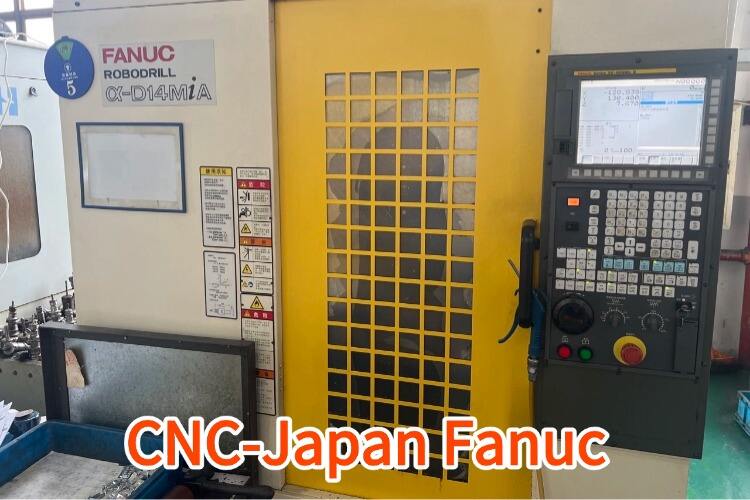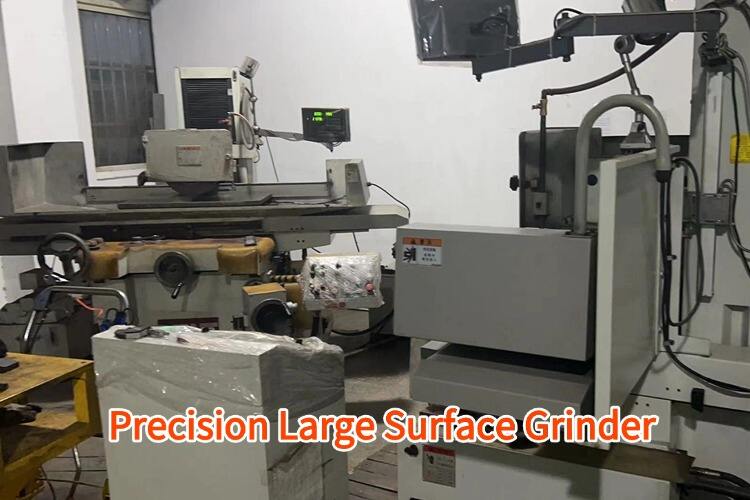custom cnc metal cutting
Custom CNC metal cutting represents a sophisticated manufacturing process that combines precision engineering with digital control systems to deliver exceptional metalworking results. This advanced technology employs computer numerical control (CNC) to guide cutting tools through complex patterns and designs, ensuring unprecedented accuracy in metal fabrication. The process begins with digital design files that are translated into machine instructions, controlling various cutting implements such as plasma, laser, or waterjet systems. These machines can handle diverse materials including steel, aluminum, copper, and titanium, with thickness capabilities ranging from thin sheets to substantial metal blocks. The technology incorporates real-time monitoring systems and automatic tool changing mechanisms, enabling continuous operation with minimal human intervention. Modern custom CNC metal cutting systems feature multi-axis movement capabilities, allowing for intricate 3D cutting patterns and complex geometrical shapes that would be impossible to achieve through traditional methods. The process ensures consistency across multiple production runs, maintaining tight tolerances typically within 0.001 inches. These systems also integrate advanced safety features and automated material handling capabilities, streamlining the entire production process while maintaining the highest quality standards.


